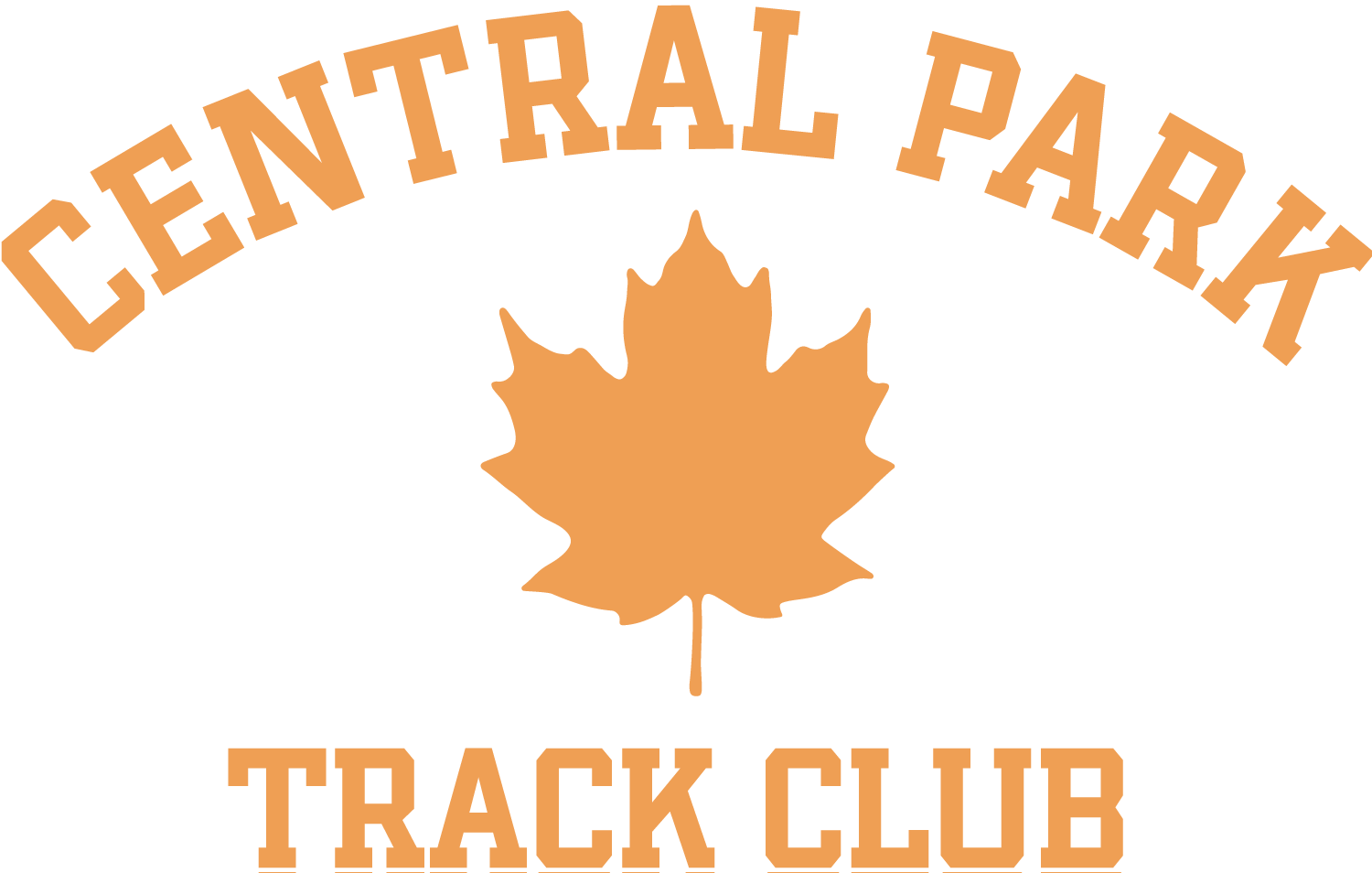Stretch Your Limitations
By Petra Trunkes
Athletes rely on their bodies to perform any number of stressful tasks at a moment‘s notice. They can be outside in cold weather or sitting or standing on the sidelines, watching their teammates, when suddenly they are asked to get into the game; a runner may experience sitting or standing for long periods of time and then suddenly be required to jump into a race unexpectedly. In both cases the body moves from a stiff or cold, stagnant position into action. The result is often injury. What can you do to diminish the odds of injury or nagging discomfort from happening to you?
Stretch. Although often controversial for injury prevention, stretching is rarely looked at in a holistic framework. Certainly, common sense says that doing a double back handspring or the “splits” without first training body flexibility will lead to injury and directly to the ER. However, stretching is often an overlooked component of general wellness. And don’t let me hear you say you aren’t flexible. Flexibility isn’t a genetic trait; it’s a cultivated state of being. In a very short amount of time (sometimes in days) you can increase your range of motion exponentially along with gaining several other body benefits.
From exercise, and also from holding the body in a stiff position for extended periods of time, small tears occur in the muscle fibers. It is this constant breakdown and rebuilding of muscle fiber that makes muscles stronger. However, as the muscle fiber heals, small adhesions form, similar to scar tissue, often restricting the area’s blood vessels. Regular stretching of the taxed muscles breaks up these mini scars and allows the muscles to “open up,” allowing oxygen -rich blood to flow feely to the tissue—in other words, better circulation.
Better circulation is important for a number of reasons. First and foremost is to get oxygen-rich blood to the body for the nutrition and the rebuilding of cells. Secondly, it is to use this free flow of fresh blood to “flush out” dead, tired, and oxygen-depleted cells and toxic waste products from the system. (These toxins come as a result of stress on the body’s various systems, be it poor diet, environmental factors, and/or exercise.) If left unattended, muscles become achy and no longer supple, inhibiting the body’s movement and circulation. Thirdly, most work- and exercise-related injuries are caused by the pulling or tearing of a muscle or muscle group, i.e. back, hamstring, Achilles tendon. Without post-work stretching, muscles become laden with scar tissue and are referred to as tight or “short.” When consistently called upon to perform with the elasticity that they are designed to have, they are unable to do so because the scar tissue has built up and “locked” them into stagnation. How often do you hear or say, “I am so stiff”? Or, “my back is killing me”?
Many are finding their way to yoga or Pilates and feeling stronger, more flexible, and more aware. Yoga was initially developed as a stretching routine for monks to become more flexible for the purpose of holding a single position for many hours at a time while meditating. The stretching increased blood flow to the extremities and to the brain. Their thoughts were clearer and their bodies more at ease. If you are doing yoga, be aware that you are doing yoga for increased range of motion and awareness, as well as physical fitness.
A simple stretching routine that you can develop for yourself can often be the best and most convenient. If you are unsure of yourself or have no previous experience with stretching, there are books, videos, and television programs devoted to guiding you. Target the areas that are the tightest and have the least range of motion. Use deep breathing and gravity to feel the stretch, never force it—you should feel the uncomfortable tension, but it should not be painful. Make a mental note of your current status. Stretch daily for ten to fifteen minutes and, after a few days, check your progress. You will see a difference and you will begin to feel the difference. Think you don’t have the time? Stretch on the floor while watching the news, a movie, or helping with homework. Stretch while reading at your computer or on the phone.
Stretching should never be done when the muscles are cold. It would be similar to stretching a rubber band that is just out of the freezer. It will tear slightly and break eventually in those weakened spots. Warm up your muscles with light exercise before doing any flexibility movements. All intense stretching should be done immediately post-workout when the muscles are warm and blood flow is at its greatest. This will begin the flushing reaction that will shorten recovery time and lessen the amount of scar tissue build-up.
Some common aches and pains that can be alleviated with stretching are tenderness under the center ball of the foot. This is often helped by stretching the lower back, glutes, and hamstrings. (Don’t believe it, ask Coach Ruiz.) Acute pain below the knee cap, especially when “pushing off,” is generally a sign of tight hips. Patella tendonitis—tight hips pulling the back of the kneecap and knots in the top of the calf.
While stretching alone won’t prevent all injuries from occurring, the resulting increased flexibility and blood flow allow for quicker recovery time and quicker reaction time to unexpected movements (like a rolled ankle); it keeps muscles clean and well fed, and, as a result, stronger and less injury prone.

